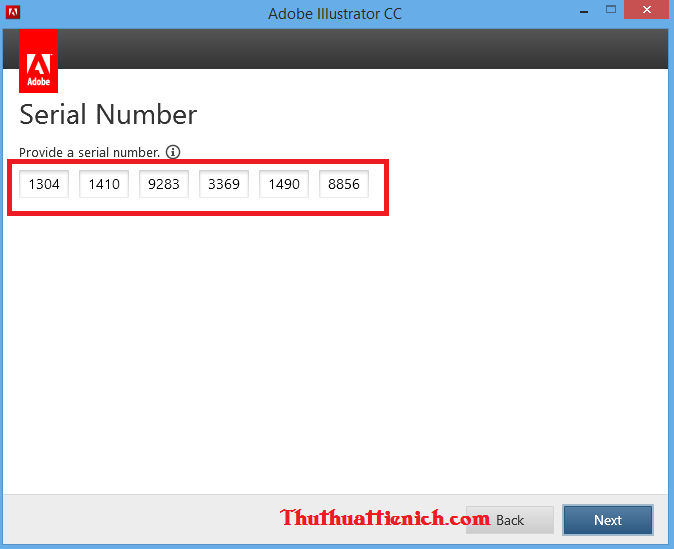

(a) The original 8.5″ × 11″ layout in landscape orientation (b) Settings used in the Adjust Layout dialog box to reduce the page size and margins, and change the orientation to portrait (c) After making such a radical change some manual cleanup work is needed. This is a pain to do manually, but it’s just a checkbox away with Adjust Layout (Figure 3).įigure 3. For example, if you’re converting a large A3 poster into a smaller A4 flyer, you probably want all your text to be half as large (and with half the leading). But it can also (optionally) alter the size of your text on the page. The Adjust Layout feature can alter your page elements in several different ways, including resizing and moving frames. (Previously, once you created a new document, you could only change margins for selected spreads or pages.) I used these settings in the Adjust Layout dialog box to change slides from 8.5 × 11 inches landscape to 8 × 10 inches.īy the way, InDesign CC 2019 also introduces a new option to adjust your document margins inside the Document Setup dialog box. The first three options open the Adjust Layout dialog box shown in Figure 2.įigure 2. Choose Layout > Margins and Columns, and turn on the Adjust Layout checkbox.


You can use Adjust Layout in one of four ways: You can read about it in “Alternate Layouts” in InDesign Magazine issue #74.) Instead, the new Adjust Layout feature is easy to use and does a surprisingly good job of making changes to page items for you. (Liquid Layouts provide a rule-based way of resizing pages. The Liquid Layout feature is still available, but few InDesign users take advantage of it. The old (and buggy) Layout Adjustment feature found in previous versions of InDesign has now been retired. The new Adjust Layout feature in InDesign CC 2019 comes to the rescue. It’s extremely easy to change any of these in InDesign, but changing them and altering your text frames and other page elements has long been a huge hassle. There are many reasons why you might want to adjust the size of a layout, but the three most common adjustments are to page size, margins, or amount of bleed. It also adds some new features for adjusting the spacing between paragraphs, changing the sizing of page elements, and fitting images using content-aware technology. InDesign CC 2019 adds an optional new panel for adjusting layouts. Similarly, many features don’t appear at all in the Properties panel, and the paragraph and character style controls in the panel are very limited, so if you do a lot of work with styles, you’ll almost certainly want to revert to using the Paragraph Styles and Character Styles panels.įortunately, it’s likely that the Properties panel will be further developed in future InDesign versions-that’s what’s has been happening in Illustrator CC and Photoshop CC. However, currently the collapsed or expanded state isn’t “sticky” between sessions, so it often closes even when you want it to stay open. For example, when you see an ellipsis (…) at the lower right of a section, clicking it expands the section to show additional choices. When you start working with the new Properties panel, you’ll likely find yourself frustrated because it’s just “version 1” and is a work in progress. And while it doesn’t offer all the same features as the Control panel (which still exists), even if you are an experienced user you may find the Properties panel faster for some of your workflows because most of your needed commands are found in one place. So, following the lead of Illustrator CC and Photoshop CC, the new Properties panel shows many of the relevant layout commands. Why would you need another panel for applying formatting to text or objects? Adobe has found that InDesign’s plethora of panels and dialog boxes can be confusing, especially for those who are new to InDesign, or who use it less frequently. Well, now there’s one more: a Properties panel. For example, you can set the font size and leading for a paragraph of type in either the Character panel or in the character formatting controls of the Control panel. (Or, as usual, you can export IDML for “saving backward.”) Properties PanelĪs you know, InDesign already offers many different ways to apply formatting to text and objects. This means that if someone using InDesign CC 2019 creates a new file, and you open it using an earlier version of InDesign CC, the Creative Cloud will convert the file backward to your older version. It’s important to remember that all major upgrades bring a new file format.


 0 kommentar(er)
0 kommentar(er)
